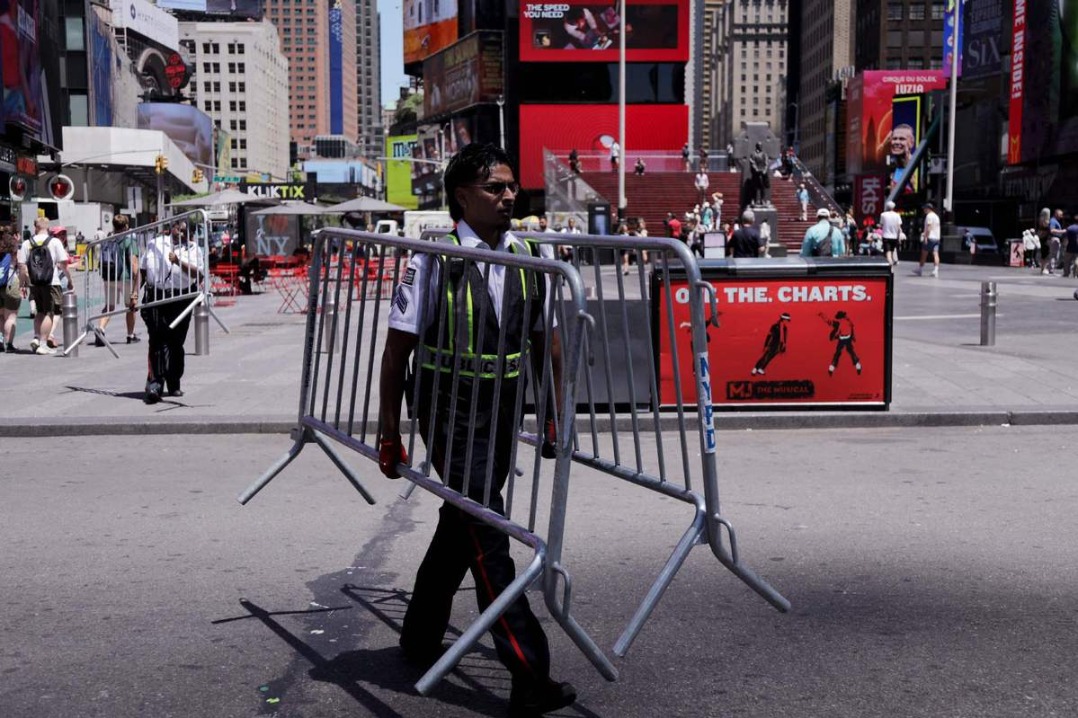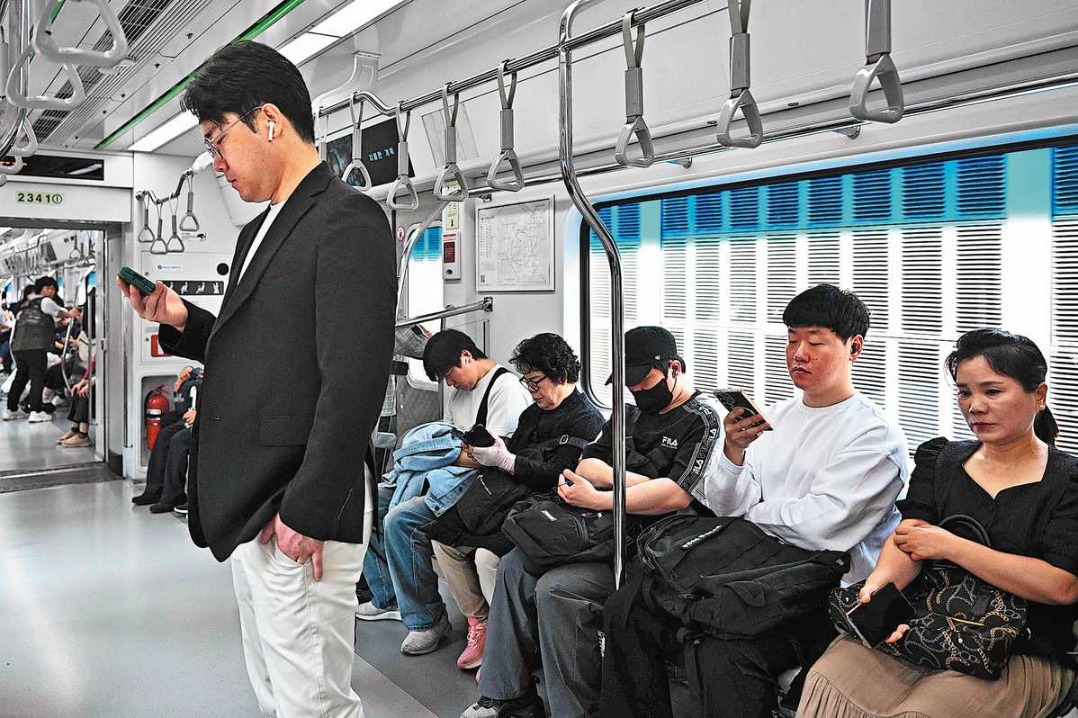350m Asians going hungry in pandemic, UN says


UNITED NATIONS-Agencies of the world body say more than 350 million people in the Asia-Pacific region are going hungry as the COVID-19 pandemic destroys jobs and pushes food prices higher.
The report issued on Wednesday by four agencies says the pandemic is making it difficult for 1.9 billion people to afford healthy diets. It follows an earlier report which forecast that in a worst-case scenario, 828 million people might suffer from acute hunger because of the crisis.
The latest estimate said nearly 688 million people globally are undernourished, over half of them in Asia. The largest share is in South Asian countries like Afghanistan, where four in 10 people are malnourished.
The report is mostly based on data up to 2019, before the pandemic struck.
But it also estimates an additional 140 million people were likely to have fallen into extreme poverty in 2020 due to the impact of virus outbreaks and lockdowns. By the end of last year, some 265 million were estimated to be facing acute food insecurity.
A key factor is food affordability, a problem in wealthy nations like Japan as well as impoverished places like East Timor and Papua New Guinea, the report issued by the UN Food and Agriculture Organization, UNICEF, the World Food Program, and the World Health Organization said.
Disruptions and job losses due to the pandemic are preventing families from getting enough to eat in many places. That's evident in the long lines seen at food banks even in the United States.
In India, broken supply chains and transport problems, especially during pandemic lockdowns, have prevented surplus grain stocks from reaching all those in need. Day laborers and migrants are the most vulnerable, despite a massive public distribution system that entitles 75 percent of the rural population and half of those living in cities to subsidized food grains.
Since eligibility for such programs is based on a census that is nearly a decade old, many urban poor and migrants cannot tap those resources.
Across Asia, high prices for fruits, vegetables and dairy products have made it "nearly impossible" for low income families to have healthy diets, the report said. FAO data show food prices rose to their highest level in nearly six years in November.
The report called for a multidimensional approach ensuring better healthcare, water and sanitation, education, and social protections.
Agencies via Xinhua

































